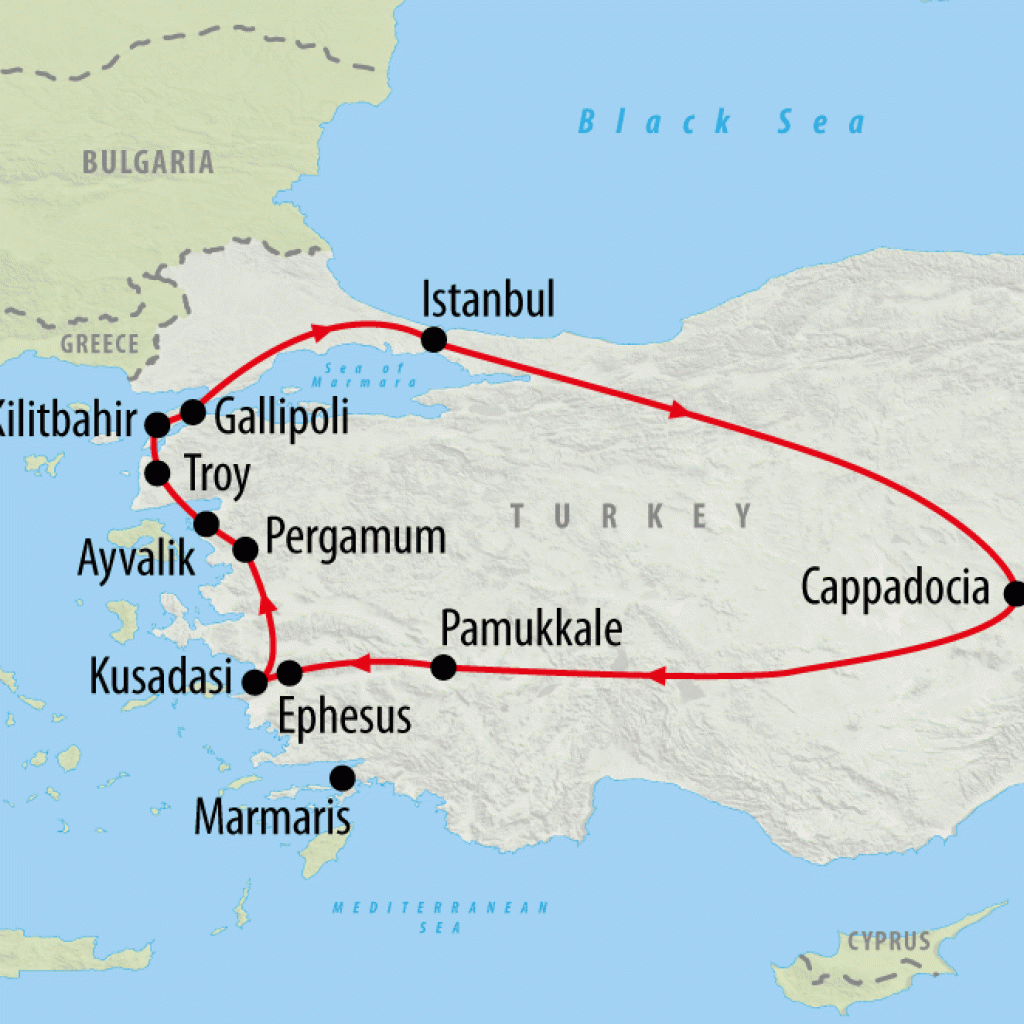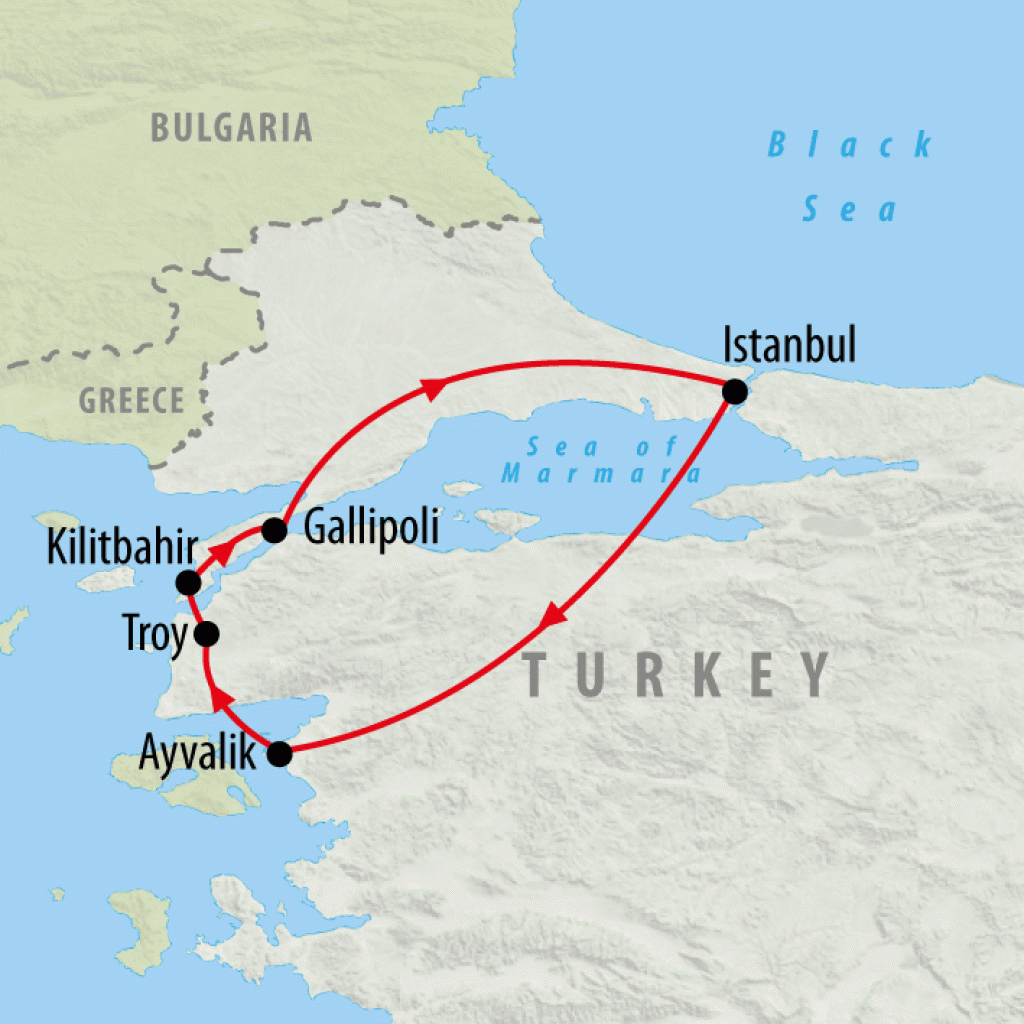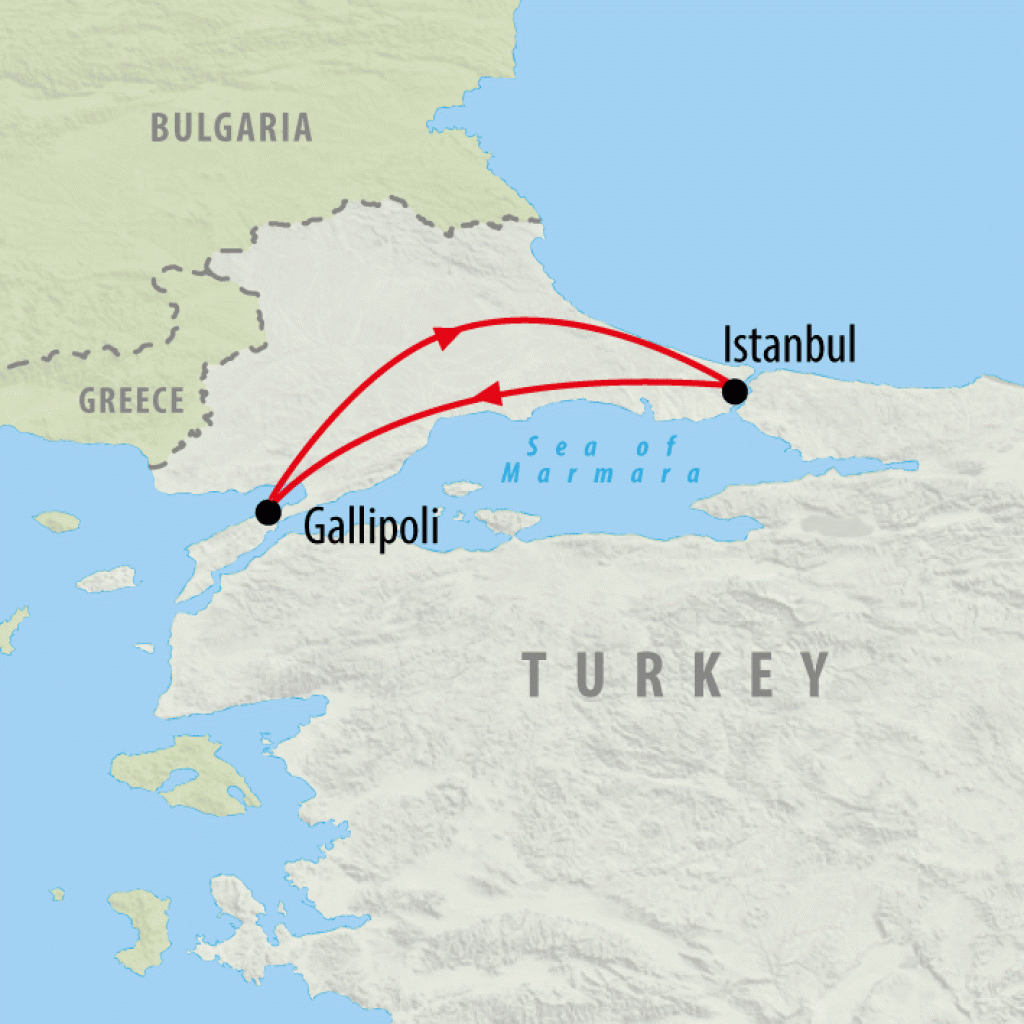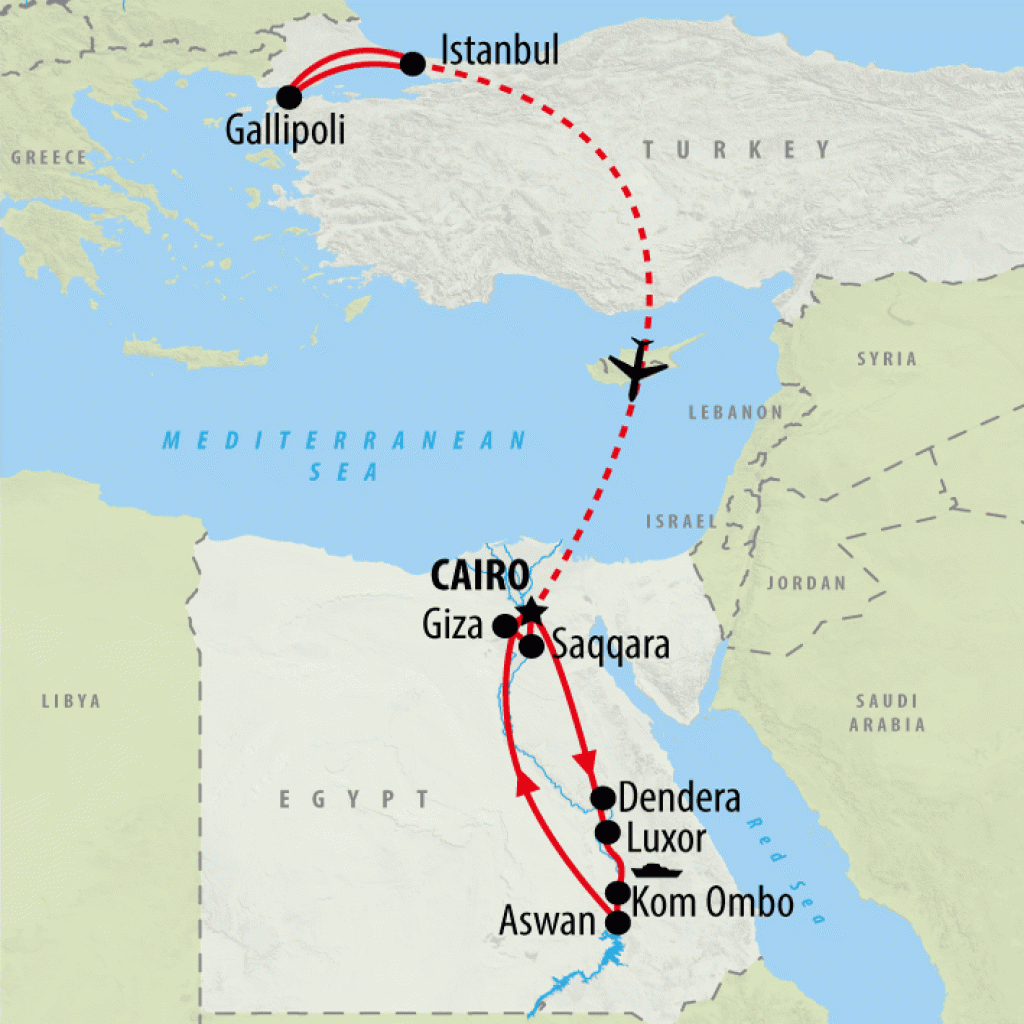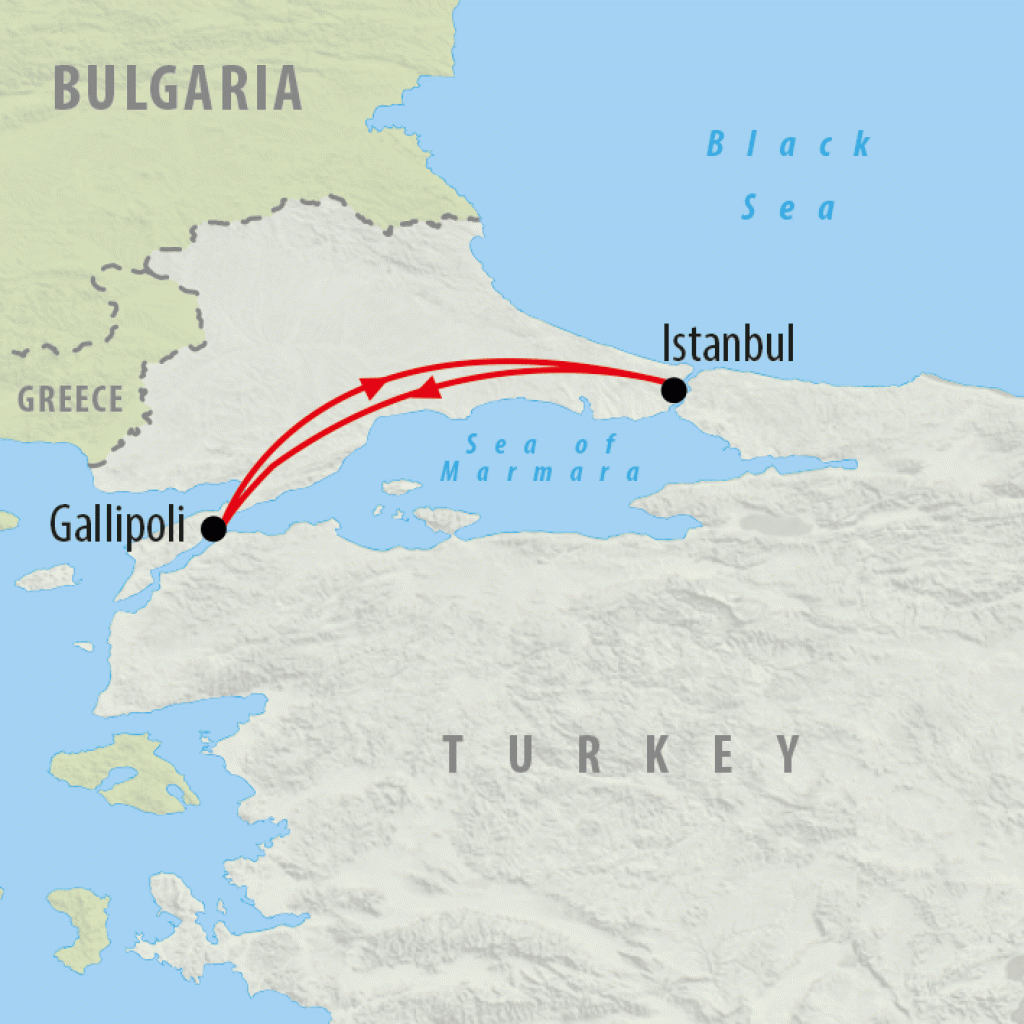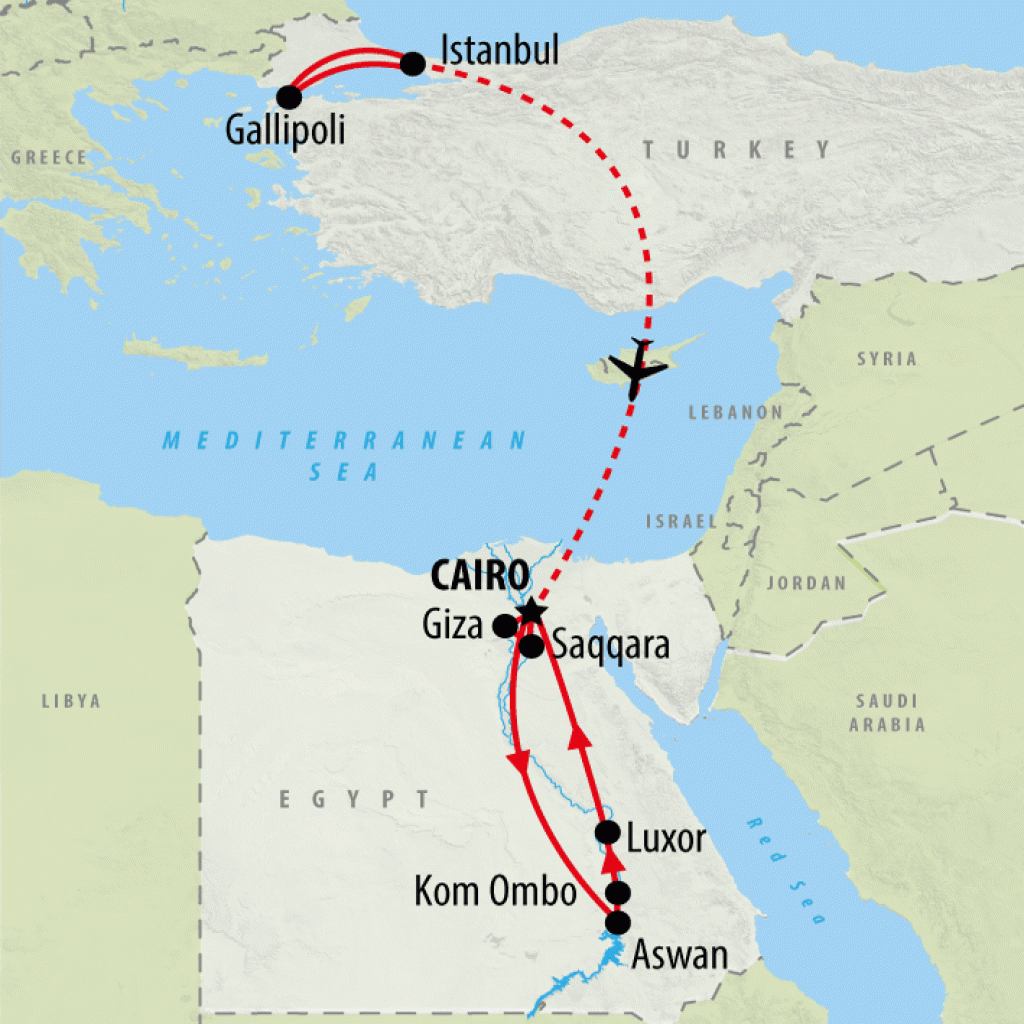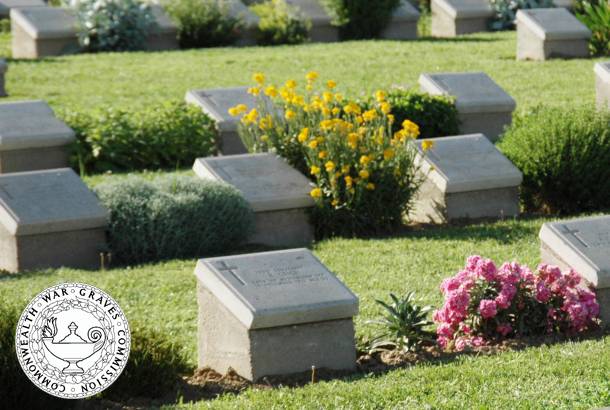
ANZAC Day & the Legacy of War
Over 1.7 million Commonwealth forces died during the First and Second World Wars. Of this number, the remains of 925,000 were found and their graves are marked by a headstone. Where the remains were not found, the individual's name is commemorated on a memorial. At Gallipoli alone, 36,000 Commonwealth servicemen are believed to have died. There are 31 war cemeteries on the Gallipoli Peninsula, containing a total of 22,000 graves. The rest, who were tragically never identified or recovered, are honored by a number of memorials such as the Lone Pine Memorial, Chunuk Blair Memorial and Helles Memorial.
The tireless effort of marking and maintaining the graves of the Commonwealth Forces who died in the two World Wars is carried out by The Commonwealth War Graves Commission which was established by Royal Charter in 1917. The Commission is responsible for building memorials to those who have no known grave or who perished at sea, maintaining the cemeteries and memorials with trees and other foliage to keep them pristine and dignified and keeping records and registers.
The cost is borne on a proportionate basis by the member governments - Australia, the UK, Canada, India, New Zealand and South Africa. Other Commonwealth countries contribute to the effort by carrying out the routine care and maintenance of graves and memorials in their own lands. There are war graves in some 150 countries across the world; mostly in the 2,500 war cemeteries and plots constructed by the Commission. There are also war graves in many civil cemeteries and churchyards.
In recognition of the effort the Commonwealth War Graves Commission undertakes at memorials as far afield as Gallipoli, Bita Paka and El Alamein, On The Go Tours are proud to make a donation to the Commonwealth War Graves Commission on your behalf for every ANZAC Day tour booked with us.
We invite you to visit the website of the Commonwealth War Graves Commission and encourage individuals to make their own personal bequest at www.cwgc.org















